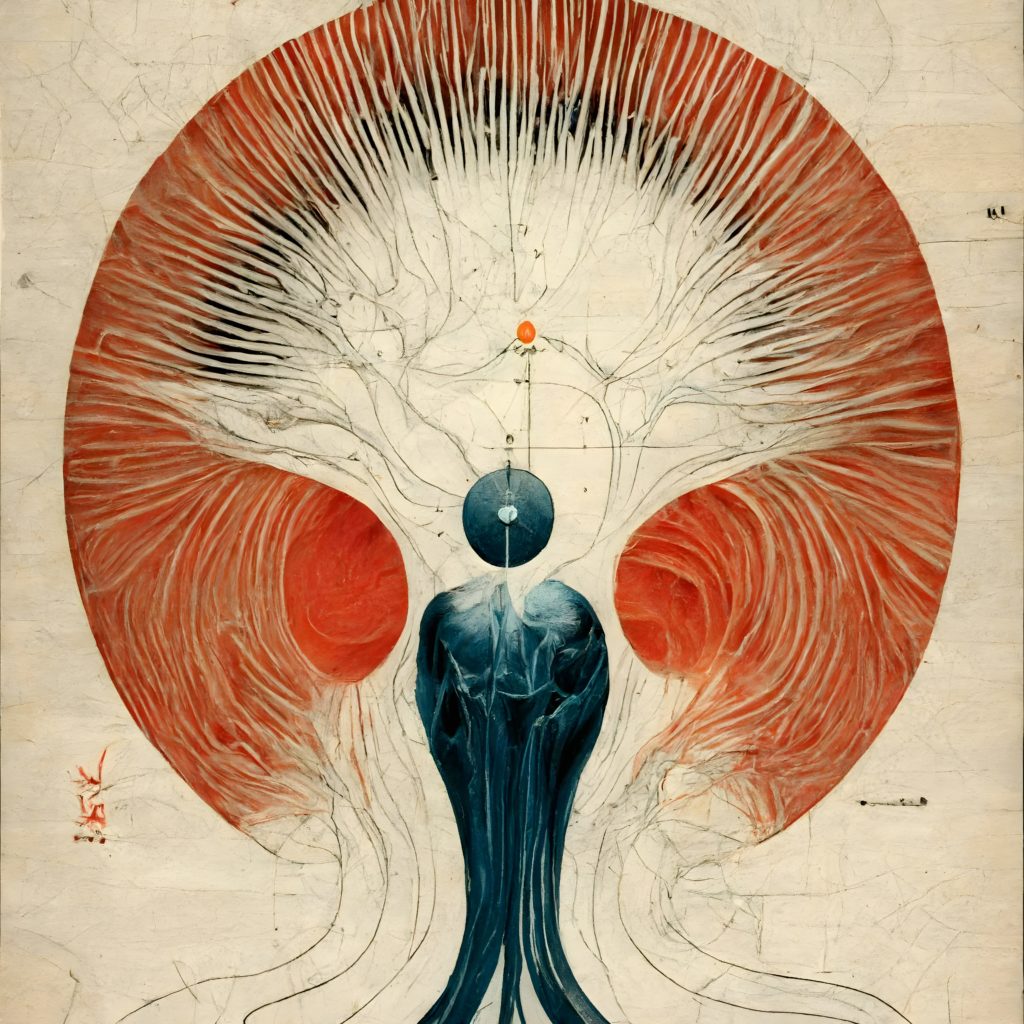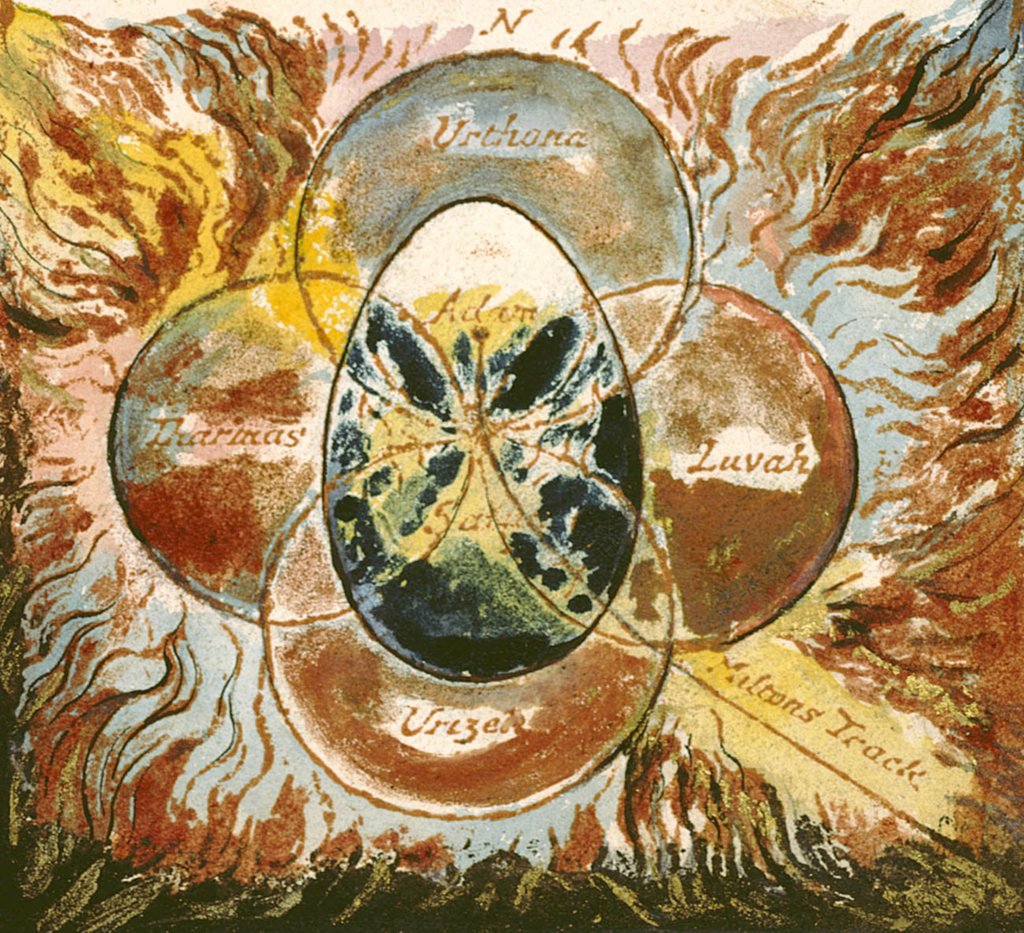This blog entry is work in progress… Please be patient, more content is comming soon. Meanwhile, you can read other posts.
Concepts are encoded in most artworks, at least in all that make it to the museum and visiotors bother to see and acedmics to write about. I focus here on major examples.
Psyche and knowledge
Sigmund Freud
The ego (Ich), the id (Es) and the superego (Überich).


Carl Gustav Jung

A Reddit user nicknamed Dullei “I asked an A.I. to illustrate Jung’s concept of human psyche as a map“. The post has received reactions worth the read, as well as requests for a higher definition version for print. Dullei answers: “Unfortunately 1664×1664 is the highest resolution I could get out of midjourney.” But AI can help AI. Here is a high-def version of “Jungs Pdyche as a Map by Midjourney” made with imglarger.com:

William Blake
Inspired by Milton’s “Paradise Lost”. The narrative: the Zoas, who were created when Albion, the primordial man, was divided fourfold.
“All fell towards the Center in dire ruin, sinking down.
Milton, Plate 19.
And in the South remains a burning fire; in the East a void.
In the West, a world of raging waters; in the North a solid,
Unfathomable! without end. But in the midst of these,
Is built eternally the Universe of Los and Enitharmon:
Towards which Milton went, but Urizen oppos’d his path.”
Beyond the narrative, we get a analytical model of the psyche in terms of four overlapping globes of universes, and Los’ mundane egg.
- Urizen, the representation of abstractions and an abstraction of the human self.
- Luvah (love) represents a generative aspect that is connected to experience.
- Tharmas (sensation).
- Urthona (inspiration and creativity).
Adam dwells at the center of the earth and Satan within the sphere of Urizen. Blake shows the fiery chaos within the egg and flames outside of the Four Universes. Milton’s track leads him past Satan to Adam. Note the cardinal directions.


Dürer’s Melnacholy
In 1514 the German artist Albrecht Dürer (1471-1528) created the copper engraving Melencolia I.
Tools for various crafts, some of which point to masonry. There are round things and pointed things. There is a magic square, whose bottom row contains the entries 15 and 14, which together yield the year of creation. And then there is a polyhedron that generation of interpreters did not manage to uncypher.

The Alchemist’s VITRIOL
“Visit the Earth’s Interior, and in Rectifying you will find the Hidden Stone”.
Vitriol of the philosophers: mercury of the alchemists: Azoth: unity of beginning and end.
It’s about finding a new personality by meditating on your inner self. It’s also about understanding the essence of matter. This figure is a tool for alchemical meditation. It codifies a set of alchemical reflections.
Examples: having one foot on land and one in the sea. He holds a torch (fire) and a bowl of air: 4 elements. He is composed of body, soul and spirit. Soul: salamander, spirit: eagle, body: at the character’s genitalia and associated with the planetary symbol of Saturn, the black star of body putrefaction. The seven branches: alchemical transformation of lead into gold. Man on lion: Sun. Woman on sea creature: Moon. Small circles of images: symbols of death and resurrection.

Plato’s Allegory of the Cave
A model of transcendental knowledge.

Social spaces and relations
Pierre Bourdieu

Conspiracy Theories

